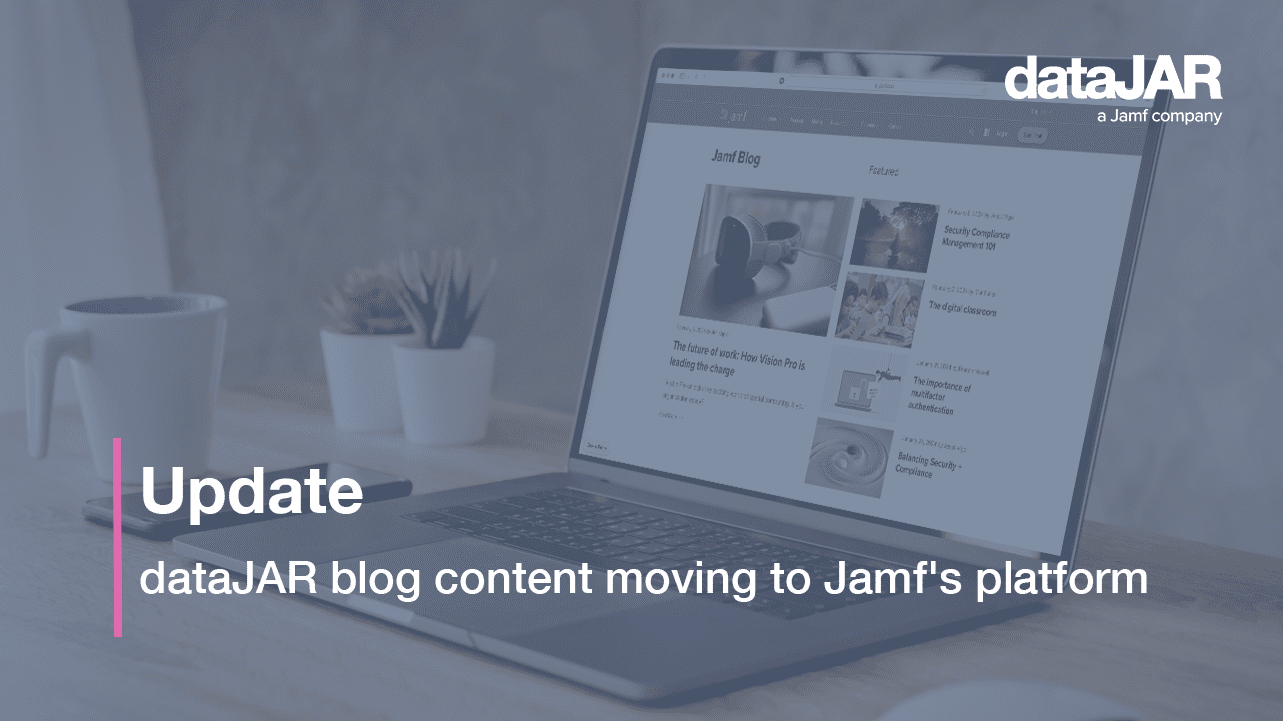Adopting M1 while dealing with that ‘one weird Windows app’

Macs are making an impact in the enterprise as administrators realise the benefits of Apple’s M1 architecture. However, in many enterprises, deployments will be in mixed fleets and will always include that one weird app from the legacy Windows world that managers insist must be available on every computer.
But how, in the new Apple Silicon world, can one do this – particularly in light of Microsoft’s infamous statement that Windows on an M1 Mac was ‘not a supported scenario’?
When Macs were Intel-based, this was less of an issue. Virtualisation could be used to bring the legacy code to life, or something like Bootcamp would permit Apple hardware to boot to the Windows desktop if the worst came to the worst.
However, with the move to M1, things have become a little more complicated and Microsoft, far from giving users a wide selection of hardware options, is actually reducing choice for customers of its new Windows 11 operating system. Yes, there is an Arm version, but no – you cannot actually buy it. And you can only run it on a very limited range of platforms.
Apple’s M1 is not one of those platforms, meaning administrators might have a challenge on their hands when it comes to that one weird app.
Veteran virtualisation specialist, Parallels, has long provided a way of getting Windows up and running on a Mac desktop, and its Coherence mode means users do not need to even drop into the Windows desktop to get to that legacy app, thus saving on training costs and avoiding user confusion.
However, Microsoft seems set on restricting where its code is run. It appears to be engaged in something of an arms race with Parallels regarding Windows on Arm on an M1 Mac, creating uncertainty for users wishing to choose Apple hardware.
Jamf’s CEO Dean Hager recently presented an alternative approach where users could access legacy applications via platforms such as Windows 365, thus leaving the cruft in the cloud and streaming what is needed via lightweight client software, or even Safari.
However, the problem might be receding. In the past, that one weird application tended to be Microsoft Excel (and the complicated spreadsheets that did not sit well on the legacy Mac version). These days, Excel on an M1 Mac is more than a match for its Windows sibling – something that has not escaped the attention of users.
Users have also noticed that, while Microsoft continues to throw up barriers to adoption (indeed, even in its latest set of results the company admitted not every PC bought in the last three months would be able to upgrade to Windows 11), Apple is listening. Its latest Macbook Pro models address many of the complaints levelled at it by users. And they will all be upgradeable to the next version of macOS.
As an enterprise administrator, what do you do about that one legacy application as your users clamour for M1 Apple hardware? Your options are local virtualisation and the Intel emulation built into Windows on Arm (via something like Parallels Desktop), which runs the risk of Microsoft abruptly pulling the rug from beneath you, or going down the cloud virtualisation route instead via Windows 365 or Citrix Workspace. Either presents an additional administration headache.
Or do you finally lay that one weird app to rest?
Sure, you could make it work. But do you really need to?




